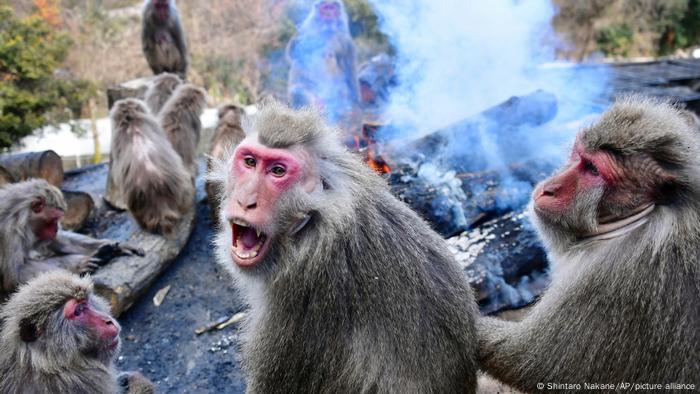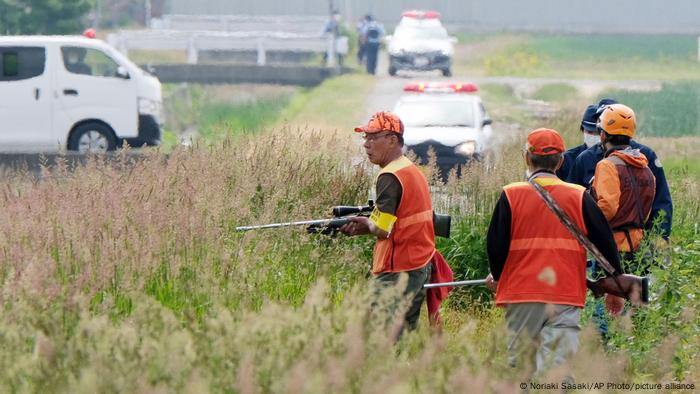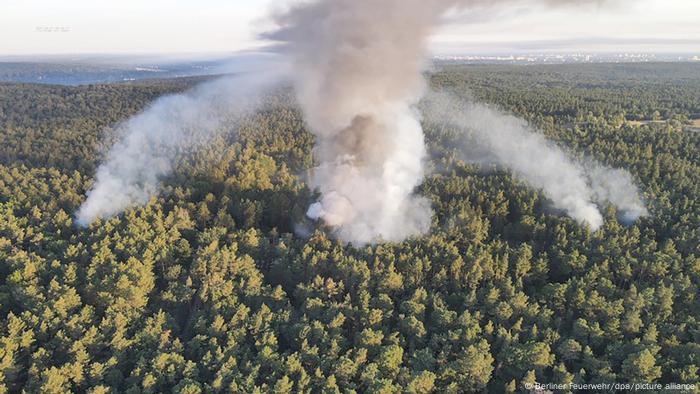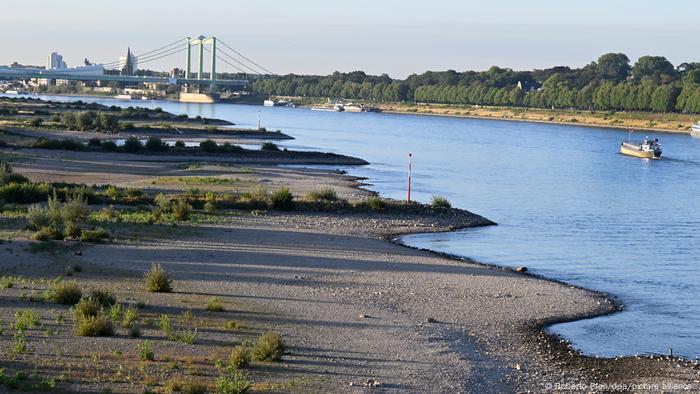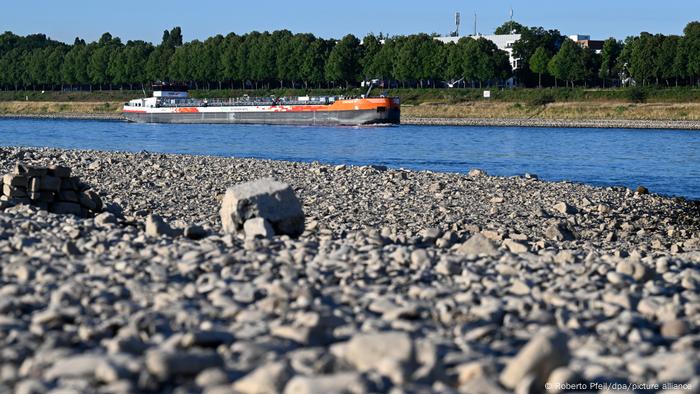
© Provided by Financial Post
One of the summer reads that really grabbed my attention was The Great Demographic Reversal: Ageing Societies, Waning Inequality, and an Inflation Revival, by Charles Goodhart, professor emeritus at the London School of Economics.
In the book, Goodhart argues that the ready availability of labour — at first from the baby-boomer generation in developed markets and then through the significant pool of cheap labour from China that globalization unlocked — has been the primary cause of deflationary pressures experienced over the past 35 years. Prices have been under pressure because those workers have lacked pricing power — until now.
Goodhart argues that is quickly coming to an end as the labour force rapidly ages, especially in the services component of the global economy. We believe that at the same time, persistent supply chain disruptions and worsening relations with China could lead to an acceleration of manufacturing reshoring as consumers in developed markets become willing to pay more for certain items to ensure reliability of supply.
Making matters worse is that many have ignored the commodity supply side of the equation, especially in sectors such as oil and gas, where we believe the common wisdom — that new technology such as electric vehicles and renewables have caused permanent and expanding disruption — is heavily flawed.
For evidence that such assumptions are misplaced, look no further than current global supply shortages, which have left governments such as the Joe Biden administration scrambling. Their move to release oil from the strategic petroleum reserve was akin to putting a band-aid on a gaping wound.
Furthermore, European countries are bringing coal-fired generation online in the midst of a full-fledged energy crisis in order to offset the lack of natural gas that might have been readily available if they had opened up domestic drilling.
Not even Euro-friendly jurisdictions such as Canada can help since they went down the same path by imposing anti-infrastructure, anti-resource development policies like Bill C-69. Essentially, developed countries would rather shut down their own supply sources to make a statement on climate change, ignoring that this simply relinquishes production to jurisdictions such as Russia. This means energy instability, persistently higher prices and stickier inflation.
Interestingly, while some central bankers are warning companies off wage hikes in order to avoid a wage-price spiral, Goodhart argues that higher wages are actually needed to narrow the ongoing wealth inequality that seems to be getting worse, not better, despite expansive monetary policies
For example, the wage gap between American workers and Chinese workers has fallen to just 5.1 times in 2018 from 34.6 times in 2000. It is fair to say that this narrowing has been tremendously beneficial to those living in China, but why wouldn’t it be the same for developed markets such as the United States and Canada as well? Some may even argue it could slow the pace of political polarization.
Who would have thought that we as a society would be better off with higher wages and higher interest rates and without all the excessive asset speculation due to low rates, the housing market being the most obvious example.
From an investment standpoint, this has many implications, and a great starting point is to ask if we’re really going to go back to the way it was prior to COVID-19? If not, then perhaps strategies used in the past will no longer be effective, something worth considering when listening to the long-duration pundits offering their opinion on monetary policy and its impact to the economy and investors.
At a minimum, before hitting that buy button, why not run the numbers to see if those target companies you are looking at can meet their growth targets should the U.S. Federal Reserve not pivot, and rates move higher while inflation falls but to levels well ahead of the Fed’s two per cent target. If you’re underweight commodities and other inflationary segments, ask why and how they will perform in this new potential environment.
Finally, perhaps we as a society would be better off positioning portfolios and investing capital around a narrowing of wealth inequality rather than continuing to profit from it.
Martin Pelletier, CFA, is a senior portfolio manager at Wellington-Altus Private Counsel Inc, operating as TriVest Wealth Counsel, a private client and institutional investment firm specializing in discretionary risk-managed portfolios, investment audit/oversight and advanced tax, estate and wealth planning.












